
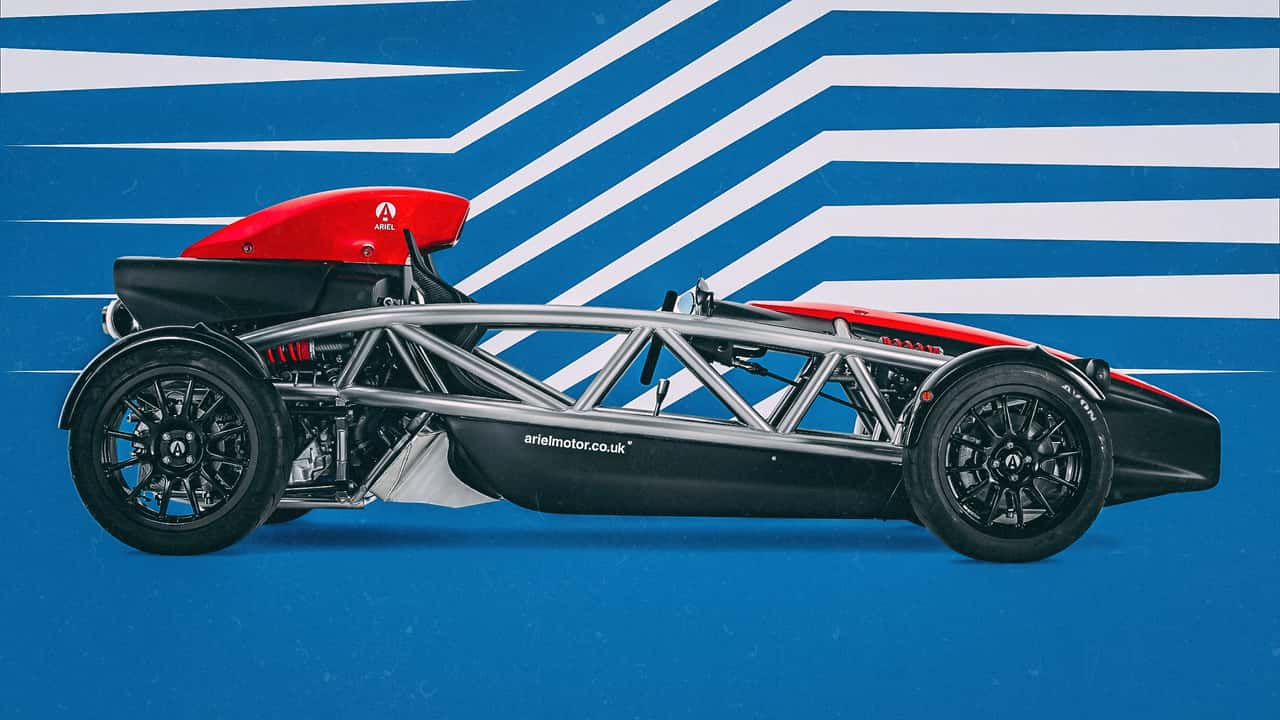

It’s hard to believe, but the Ariel Atom turned 25 years old this year. The windshieldless exoskeleton originally rolled off the factory floor in 2000 with a 1.8-liter Rover K-series four-cylinder engine, but it was the Atom 2 that put the 150-year-old former bicycle and motorcycle manufacturer on the map.
Arriving in 2003, the Atom 2 paired Ariel’s half-ton chassis with a Honda Civic Type R engine, beginning a longstanding relationship between the British micro-brand and the Japanese auto giant. The K20A sprouted a supercharger in 2005, breaking three seconds in the zero-to-60 sprint and destroying Jeremy Clarkson’s face in the process.
It’s no stretch to say that temporarily disfiguring a Top Gear presenter was transformative for Ariel. In the early-YouTube, pre-social-media era, the show was the gravitational center of the automotive universe. Suddenly, millions of car geeks the world over knew about the seven-employee workshop building ultra-lightweight cars that looked like nothing else.
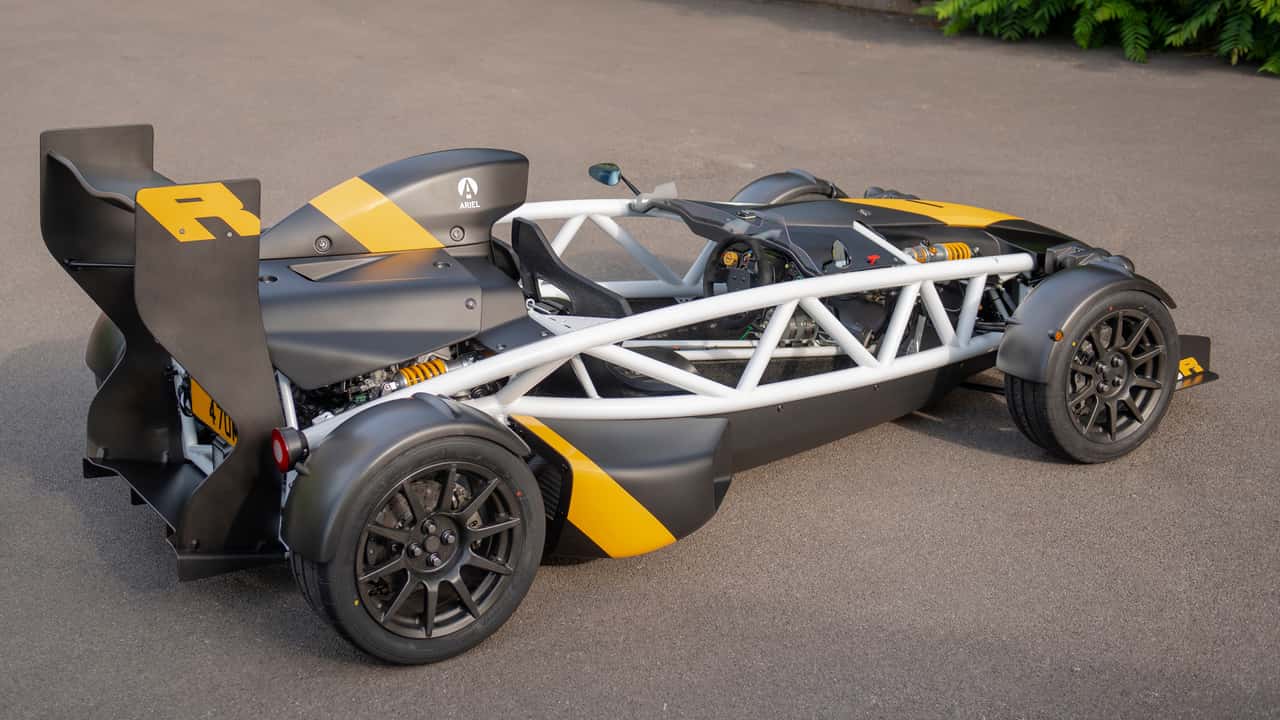
Photo by: Ariel Motor Company
‘If we had five pound for every time someone [mentioned Clarkson’s face], we’d be filthy rich.’
“If we had five pound for every time someone [mentioned Clarkson’s face], we’d be filthy rich,” Ariel’s Sales and PR Manager Ben Calderaro-Gunn told me at the Goodwood Festival of Speed.
“It was a very brave move for [Ariel founder] Simon [Saunders] to come up with that sort of idea of an exoskeletal sort of design of car. Actually getting that across to people… you have to explain the concept to people back then, and that was the difficulty to start with,” he explained. “Once that [Clarkson] moment was there, the rest was kind of history.”
In the years since, Ariel has quadrupled its employee headcount from seven to 28 and doubled its number of models to two—the Atom 4 and the rugged Nomad 2. It just revealed its most-powerful Atom ever—the 4RR—a 525-horsepower, 1,500-pound missile featuring a heavily boosted K20C turbo engine from Honda’s current Civic Type R.
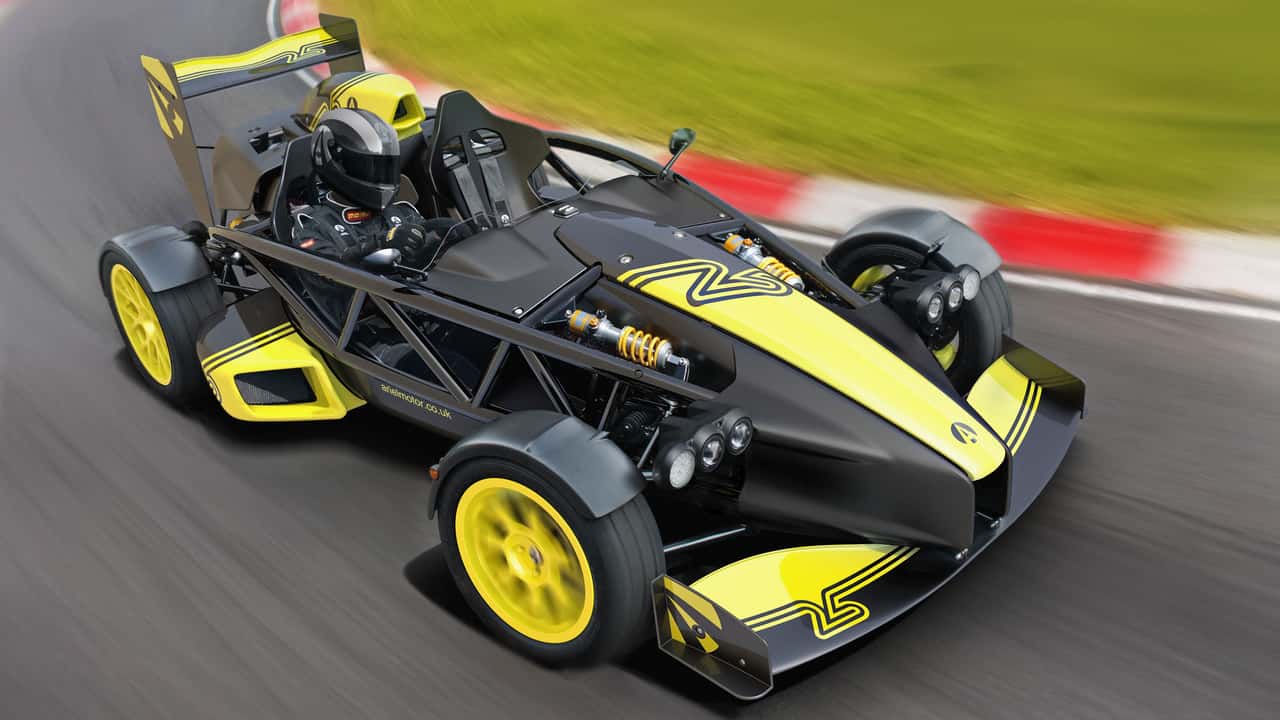
Ariel Atom 4RR
Photo by: Ariel Motor Company
While most Atom customers are serious track rats, Ariel has managed to attract a different crowd with the lifted, all-terrain Nomad.
“They are the guys that don’t mind going out getting muddy, dirty, getting the car soaking wet,” Ariel’s sales boss told me. Ariel prides itself on the fact that both sets of owners are using their cars as intended: “You have two kinds of really different personalities of owners, but ultimately, the common factor is that they just want to have fun.”
Through the years, the company dabbled in wacky ideas from the limited-edition Atom 500—a 500-horsepower, V-8 powered Atom—to the Ace naked motorcycle, which ended production last December after a ten-year run. Today, both its cars rock proven four-cylinder powertrains—a 2.0-liter turbocharged, Honda Type R-sourced K20C in the Atom 4, and a 2.3-liter Ford Ecoboost in the Nomad 2. When there are bees in your hair or mud on your trousers, there’s no time to worry about whether the engine’s going to make it.
Ariel is still an incredibly small, niche operation. Calderaro-Gunn told me the company employs eight technicians who hand-build between 60 and 90 cars per year at its Somerset, England factory. That’s five to seven-and-a-half dozen cars total, with production split roughly evenly between Atom and Nomad. Buyers can be as involved in the production process as they wish, with some coming to visit their cars on the production line and having employees upload build photos to private iCloud links. “There’s a very personal touch with the customer.”
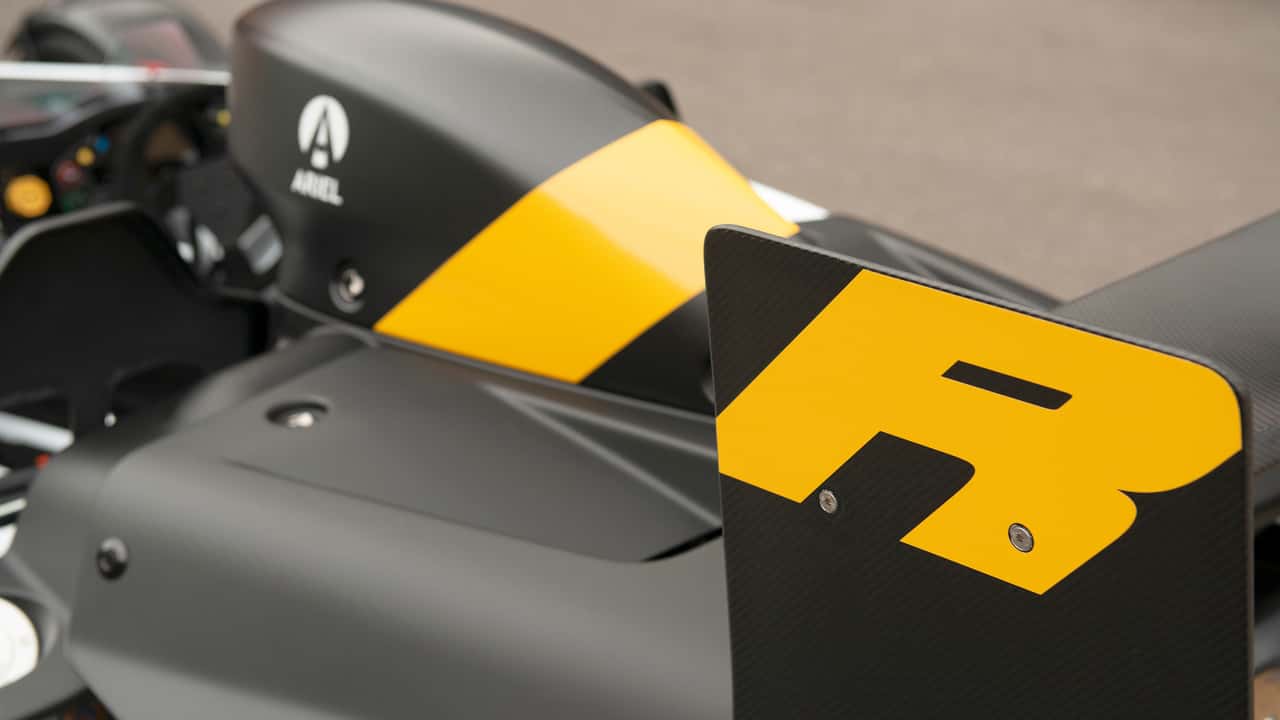
Photo by: Ariel Motor Company
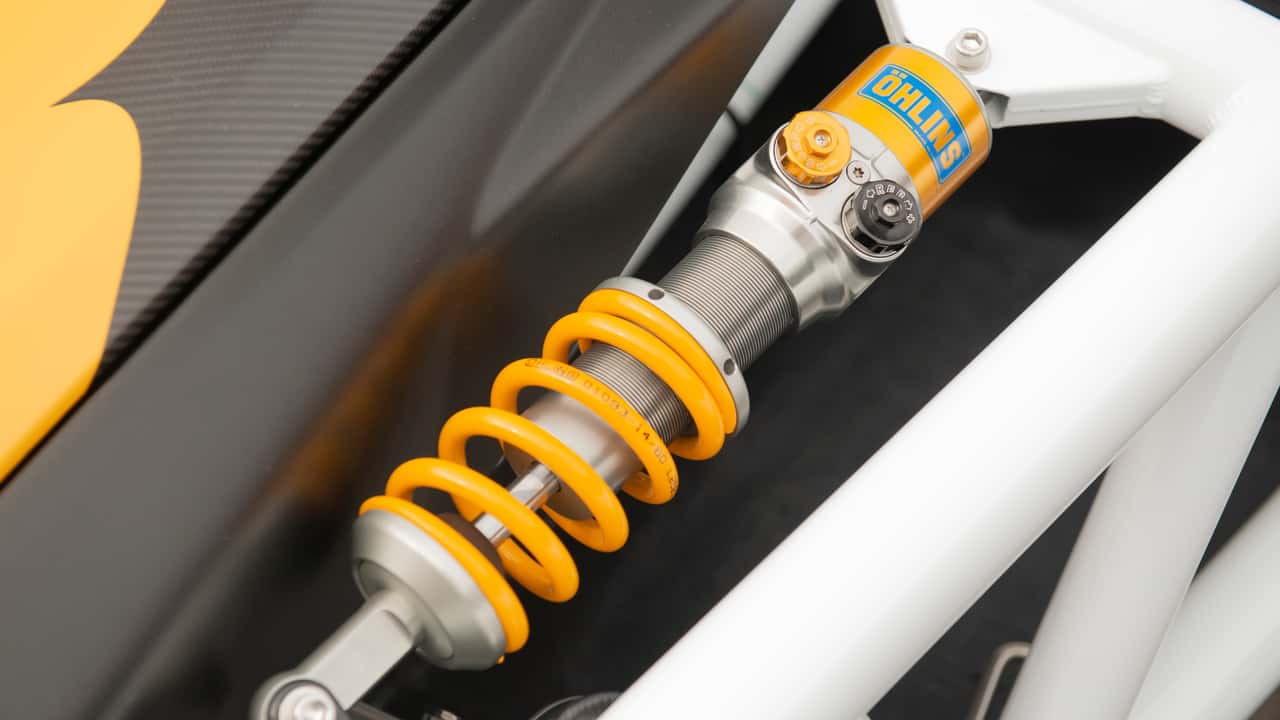
Photo by: Ariel Motor Company

Photo by: Ariel Motor Company
‘When you’re ordering parts in tens instead of hundreds, there are always challenges.’
Though Ariel no longer has issues explaining its product to people or generating demand—the waiting list for a Nomad 2 is currently two-and-a-half years—being a boutique automaker still presents challenges. Namely: Its supply chain. Since Ariel’s orders are small and it doesn’t keep a ton of parts on hand, delays and changes can disrupt its entire production process.
“When you’re ordering parts in tens instead of hundreds, there are always challenges,” Calderaro-Gunn told me. “There will be times when we’ve built a few cars, then we need to put another order in for something, and they’ve changed the part or they’ve changed the material or something, and suddenly it’s different,” he explained. “When you’re trying to build to a fairly tight time schedule, it can really knock someone.”
So why keep refining a hyper-niche product? According to Calderaro-Gunn, being different is exactly the point.
“In a world where everyone is going EV and automatic and less and less involvement with driving, we still put you back in touch with that,” he said. “Which not everyone wants, we understand that, but for the owners that do want to be in touch with their car, this is the thing for them. It’s just so rewarding, the feedback you get from using it.”
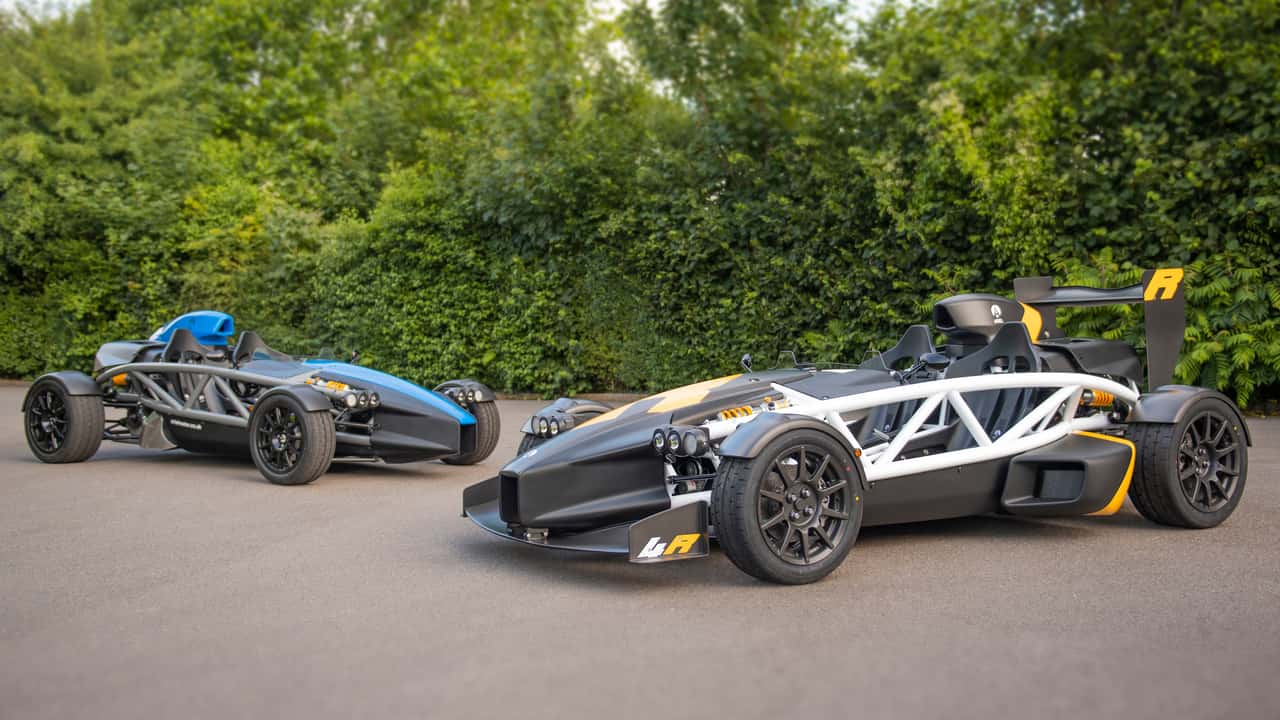
Photo by: Ariel Motor Company
‘In a world where everyone is going EV and automatic and less and less involvement with driving, we still put you back in touch with that.’
It’s rare to hear an automaker talk about feedback, light weight, and connection rather than lap times and acceleration in an era where cars are heavier and more powerful than ever. Lightweight champion Lotus is peddling a 5,800-pound SUV, for example, while Porsche is all but abandoning its entry-level 718 sports car.
For boutique automakers like Ariel, it’s increasingly important to cater to enthusiasts in a world where mainstream manufacturers see them as unprofitable and high-risk customers. That’s why Ariel remains such a staple in the enthusiast community.
There are plenty of options in the seven-figure range to scratch the exotic car itch, such as the $3.5-million Gordon Murray Automotive T.50. But there are far fewer under $100,000. The Atom 4 starts at $83,750.
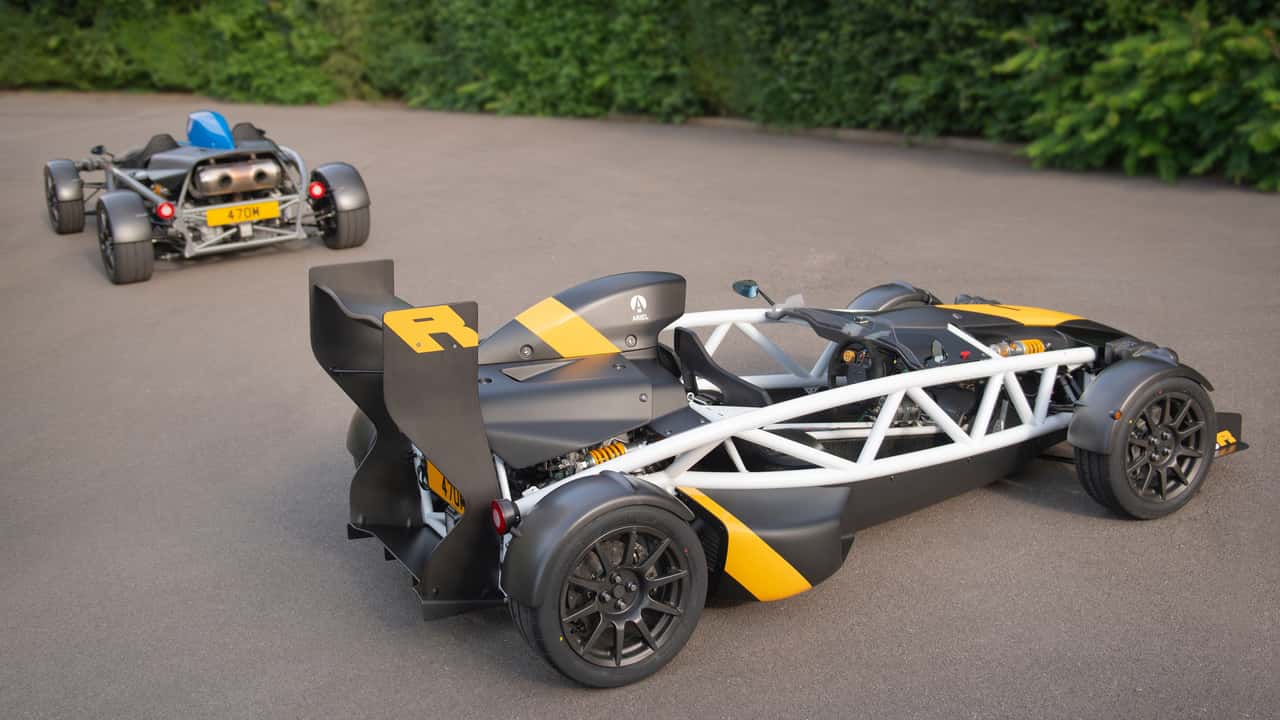
Photo by: Ariel Motor Company
Sure, you don’t get air conditioning, and if it rains, you’re getting wet. But that’s an almost unfathomable price-to-experience ratio. Plus, if turning heads or having the most interesting thing at Sunday morning coffee is a consideration, it’s hard to think of anything more unique than an Atom on US roads.
What’s next for Ariel? It showed off an electric “e-Nomad” concept last year, but Calderaro-Gunn told me it’s still working on getting costs down. “Low-volume EV manufacturing is a tricky game,” he said. As for continuing to build lightweight sports cars? “We’ll do that for as long as we can.”
Let’s hope that’s a long time yet.
The Most Powerful Ariel Atom Is Here to Tear Your Face Off
Ariel Atom 4R Laps the Top Gear Test Track Quicker Than the Old V-8